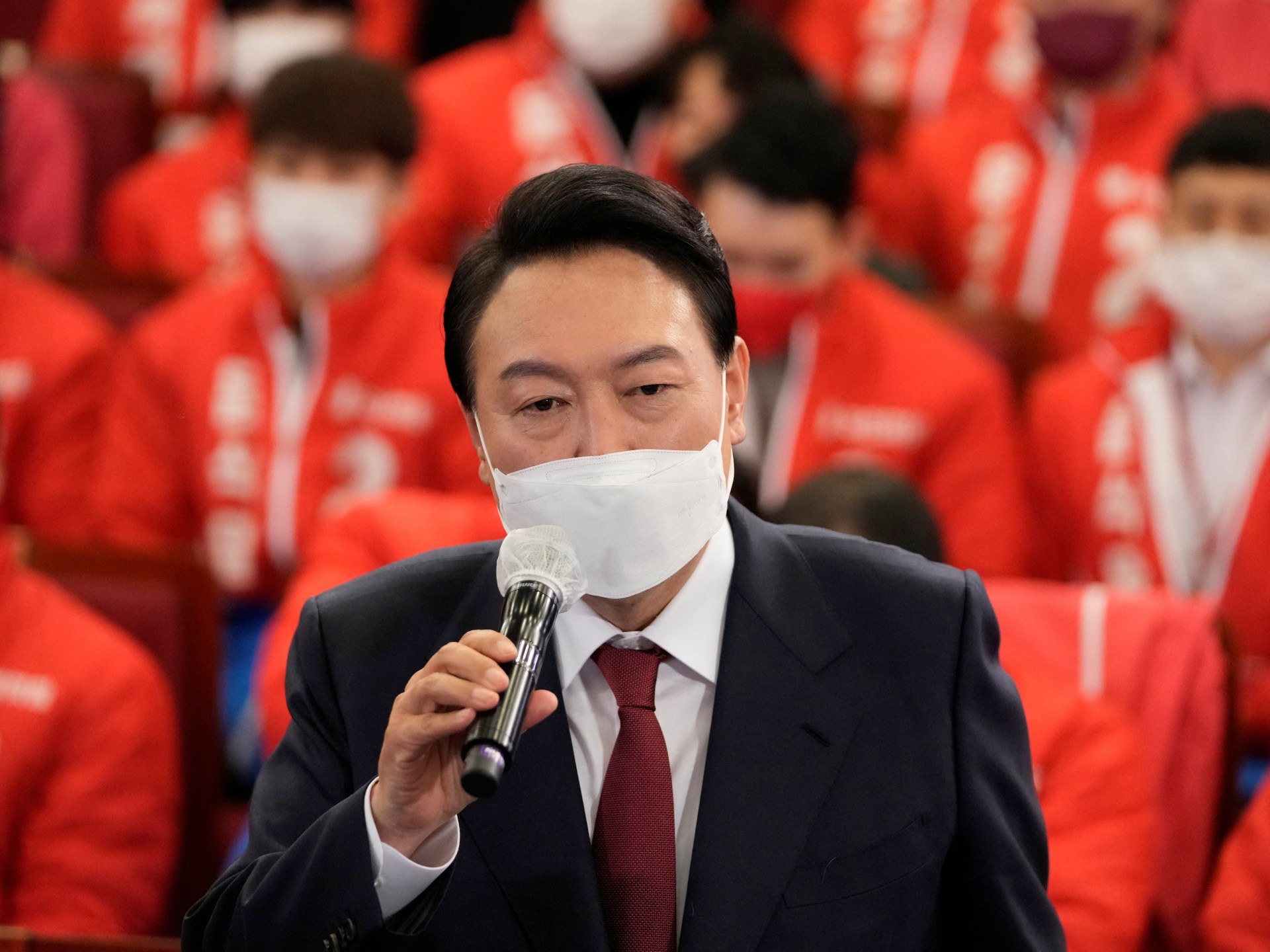Can someone explain why South Korea has any military worries from North Korea? I honestly dont get it.
1. You might not be interested in this North East Asian conflict but I can assure you that North Korea is willing and able to use its weapons of war to advance its political objectives.
(a) Put another way, the answer lies with the country’s geography, a nuclear armed North Korea that is supported by its ally China (with the North Koreans willing to kill or injure South Koreans to make a point); and the domestic politics of Seoul being so close to the demilitarized zone.
(b) While South Korea has a large army and is top 10 in the world for defence spending, at US$46.7 billion, it is nevertheless geopolitically sandwiched between larger powers like China (No. 2 in defence spending) and Japan (No. 8 in defence spending) — this limits the options of President Moon Jae-in, when faced with a hostile North Korea.
(c) Further, South Korea’s armed forces are shrinking. To offset the military’s dwindling supply of soldiers, the country is reforming its forces to accommodate a necessary
reduction from a
599,000-strong force to a size of 522,000 troops by 2022. This figure includes both conscripts and volunteer forces. The number of twenty-year-old men each year, a typical age for conscription—is
slated to fall from 330,000 at the end of 2020 to about 240,000 by 2036, and then the figure is expected to drop further to around 186,000 by 2039.
(d) All Korean men must serve and the length of service depends on the military branch. The service time period for the South Korean Army and Marines is 21 months, the Korean Navy is 23 months, and the Air Force is 24. Service lasts 34 months for industrial technical personnel, and 36 months for those completing their service as
doctors, lawyers, veterinarians, or expert researchers.
2. The Nov 2010 North Korean bombardment of Yeonpyeong (killing 4 South Koreans and injuring 19) and ROKS Cheonan sinking on 26 March 2010 (killing 46 South Korean sailors) near the Northern Limit Line (NLL) are good examples of this hostile behaviour — the North are willing to kill or injure, whereas the South lacks escalation options as the country cannot be seen as dragging their American ally into a unwanted war.
3. Security on the Korean Peninsula often focuses on North Korea's nuclear weapons and ballistic missiles along with deterrence along the demilitarized zone. Yet an equally likely candidate for starting a conflict is a disputed maritime boundary called the NLL. The NLL remains one of the most serious flashpoints for conflict on the Korean Peninsula.
4. South Korea under President Moon Jae-in has had to hedge its geopolitical responses to Chinese and North Korea actions that impact the security dynamics in the Korean Peninsular. South Korea's defence budget for 2022 has been finalised at KRW54.61 trillion (US$46.32 billion), the Ministry of National Defense (MND) in Seoul announced. President Moon, whose government has been accused of being too soft on North Korea, refraining from joining international condemnations and descriptions of its missile tests as provocations.
(a) President Moon almost certainly exaggerated Kim Jong Un’s willingness to make concessions to President Trump, and then criticised Trump in the US media when it failed. I doubt Team Biden trusts the snake, Moon, whose ‘peace initiatives’ are made with a view to benefiting his party in the country’s domestic politics. Team Biden is pretty clearly waiting for his successor to appear after the 9 Mar 2022 election, given that Moon’s term is set to expire this year.
(b) There are three key themes that have emerged in North Korean rhetoric since the failed 2019 Hanoi Summit that help illuminate the North’s thinking about its relations with the US and the prospects of restarting nuclear negotiations.
- First, is North Korea’s perception of a hostile policy. Although the US has offered to resume talks with North Korea, Pyongyang has rejected them, instead asserting that it will not return to the negotiating table until Washington withdraws what it calls its “hostile policy.”
- Second, Pyongyang has expressed frustration over the international community’s reactions to its pursuit of increased military capabilities, especially the UN criticism over missile testing, while remaining silent about South Korea’s missile developments.
- Third, given these developments, the Biden administration’s offer for talks “anywhere, anytime” is not likely to be accepted by Pyongyang any time soon. North Korea believes that the US is employing a two-pronged policy: that on the one hand, the US is offering diplomatic dialogue as a way to demonstrate a peaceful measure, while, on the other hand, it is still pushing them with military and economic pressures.






